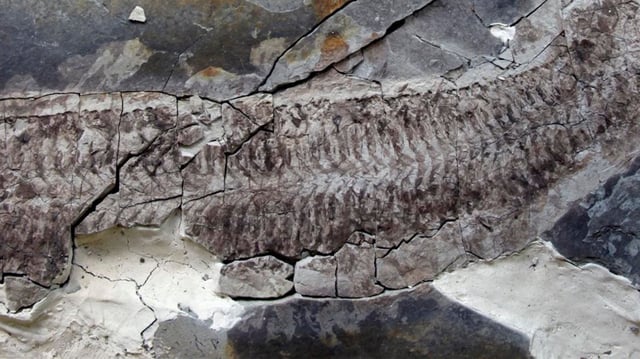Overview
- The fossil 'Sue,' officially named Keurbos susanae, dates back 444 million years and was discovered in South Africa's Soom Shale formation.
- Sue's soft tissues, including muscles, tendons, and guts, were preserved in exceptional detail due to a toxic, oxygen-deprived environment.
- The fossil's unique 'inside-out' preservation lacks external features like a carapace, head, or legs, complicating efforts to determine its evolutionary lineage.
- The findings connect Sue to the Ordovician-Silurian extinction event, which wiped out nearly 85% of species, but the marine basin where it lived served as a refuge.
- The quarry where Sue was unearthed is now mostly depleted, making further discoveries of similar specimens highly unlikely.
